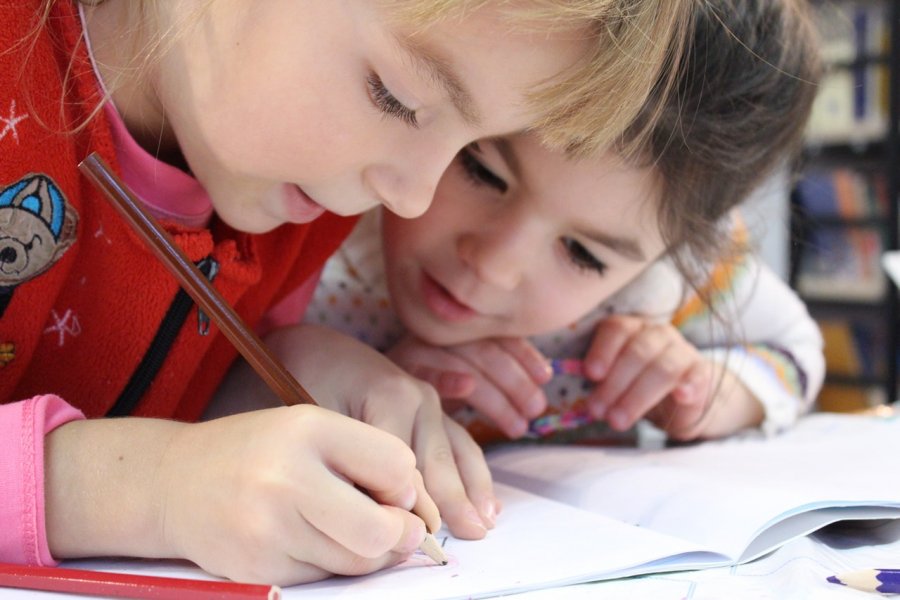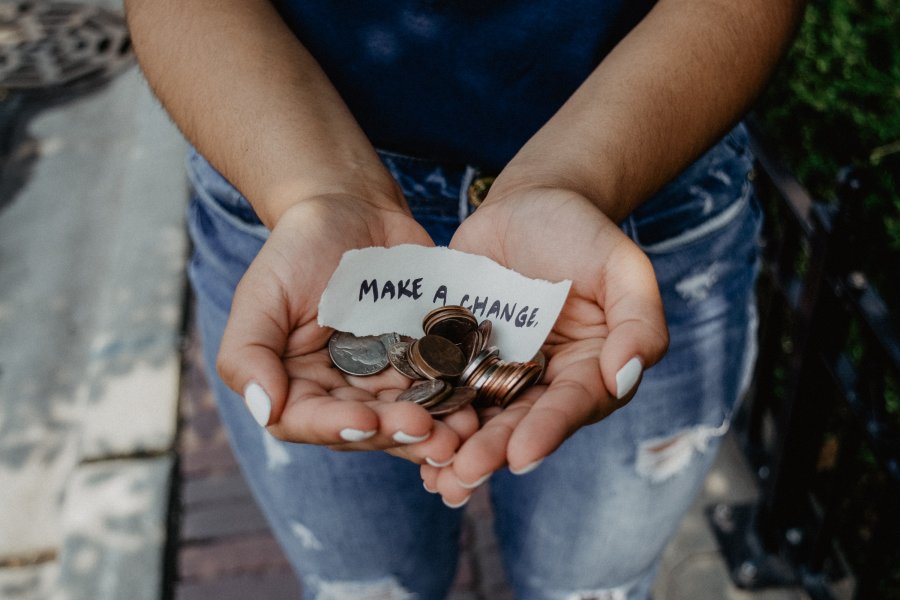Many wealthy individuals appreciate giving away some of their money to charities and causes that they support. Some of them even enjoy giving away the majority of their money. The following are some of the richest people in the world who donate significant portions of the wealth.
Warren Buffet
Warren Buffet, the CEO of Berkshire Hathway is a well-known philanthropist who enjoys donating his money. He’s already given away more than $21.5 billion dollars, more than what most wealthy people make in their lifetime! Buffet has also pledged to donate 99% of his wealth either during his lifetime, or once he passes away. So far he’s donated 20% of share in his company to many different charities. He also plans to distribute 4% of his stock every year.
Tim Cook
The CEO of Apple, Tim Cook, is another individual who likes to give money to a variety of causes and charities. He plans to donate his entire fortune, leaving only enough to provide his nephew with a college degree. In 2017, he donated $1 million to the Southern Poverty Law Center, and another $1 million to the Anti-Defamation League. He also donated $2.5 million to the Red Cross for relief efforts after Hurricane Katrina.
Patrice Motsepe
Patrice Motsepe is the founder of African Rainbow Minerals, a mining company. He is also South Africa’s first and only black billionaire. His goal is to help others who are less fortunate to become self-sustaining while improving their quality of life. He and his wife Precious are the founders of the Motsepe Foundation, and have donated half of their wealth to improving the lives of others.
Richard Branson
Richard Branson, the founder of the Virgin Group, donates 80% of his time to the group’s non-profit foundation, Virgin Unite. The charity recently celebrated its ten year anniversary of working to solve issues such as conflict and environmental struggles.
Bill Gates
Bill and his wife Melinda Gates are other champions of giving. So far they’ve donated $27 billion. They’re most passionate about eradicating preventable diseases. They also support causes such as education, agricultural development, and emergency relief.
Ted Turner
Ted Turner, the former CEO of Turner Broadcasting, has switched his focus to the Turner Global Foundation, a group dedicated to protecting wildlife and the environment. He also donated $1 billion to the UN Foundation. He says although giving up his hard earned money is difficult, it makes him feel “really wonderful.”
Manoj Bhargava
Manoj Bhargava, the founder and CEO of 5 Hour Energy, has pledged to give away 90% of his wealth to charities, especially to causes that alleviate human suffering. His foundation has already undertaken more than 400 projects.





